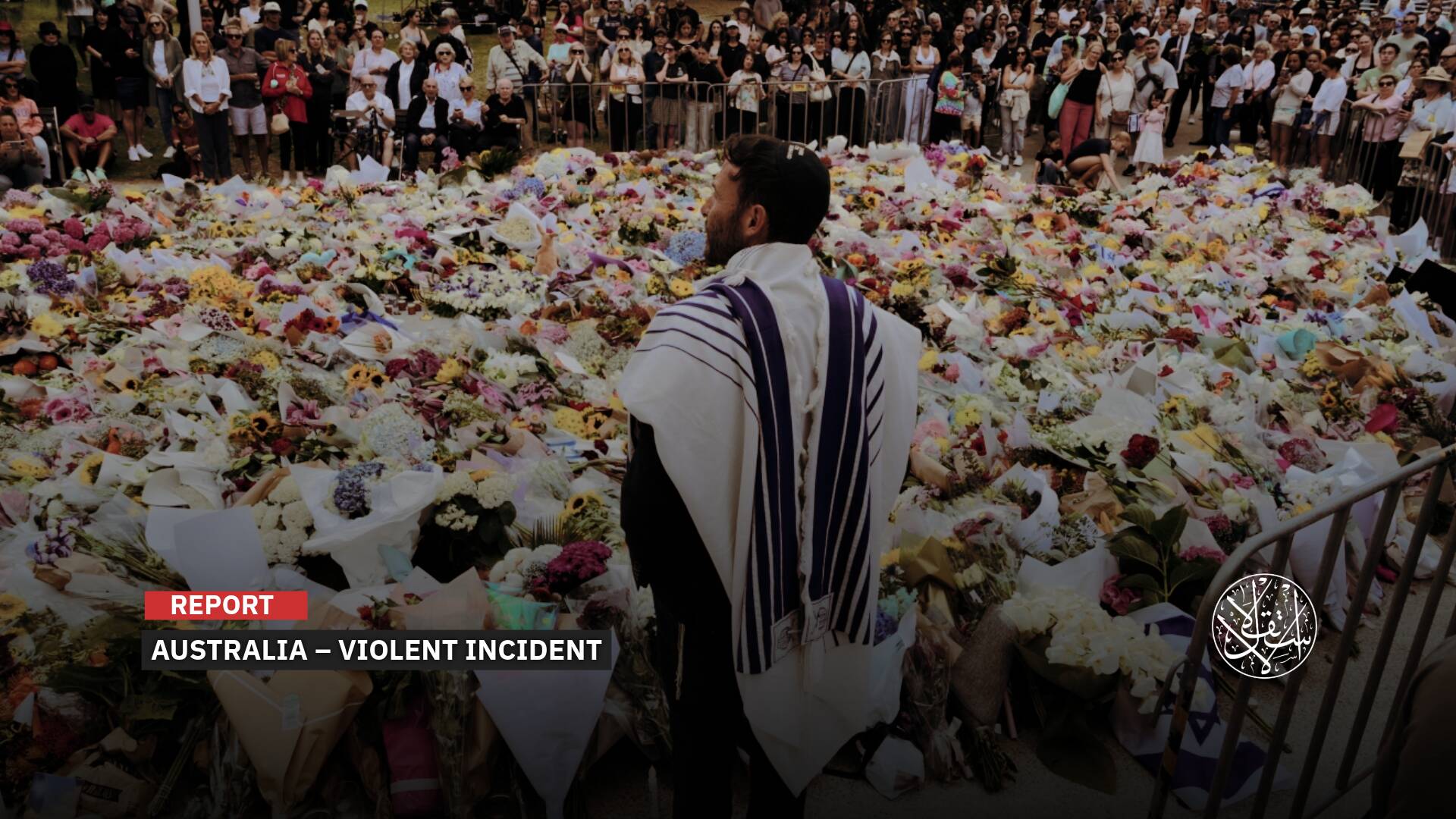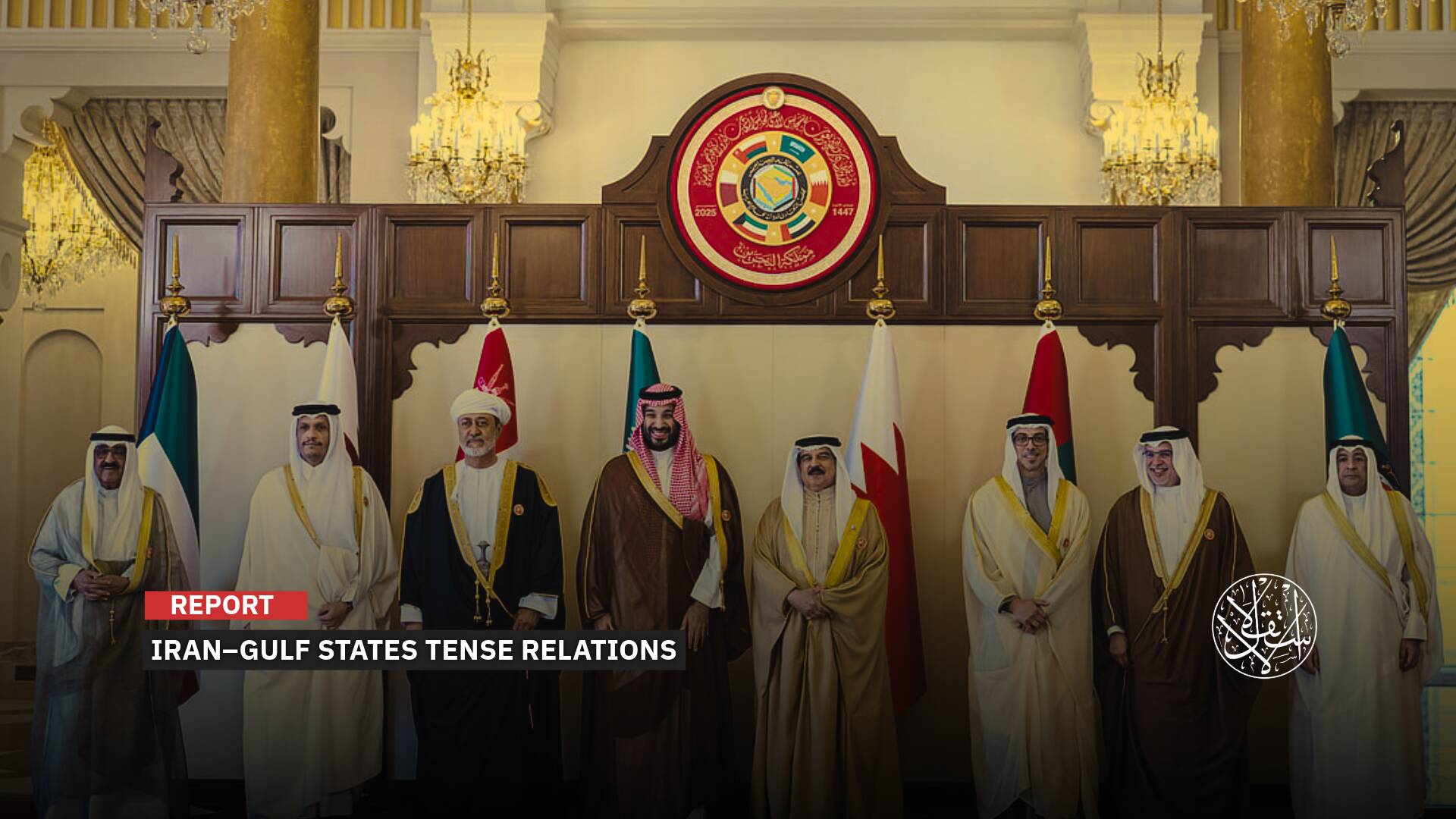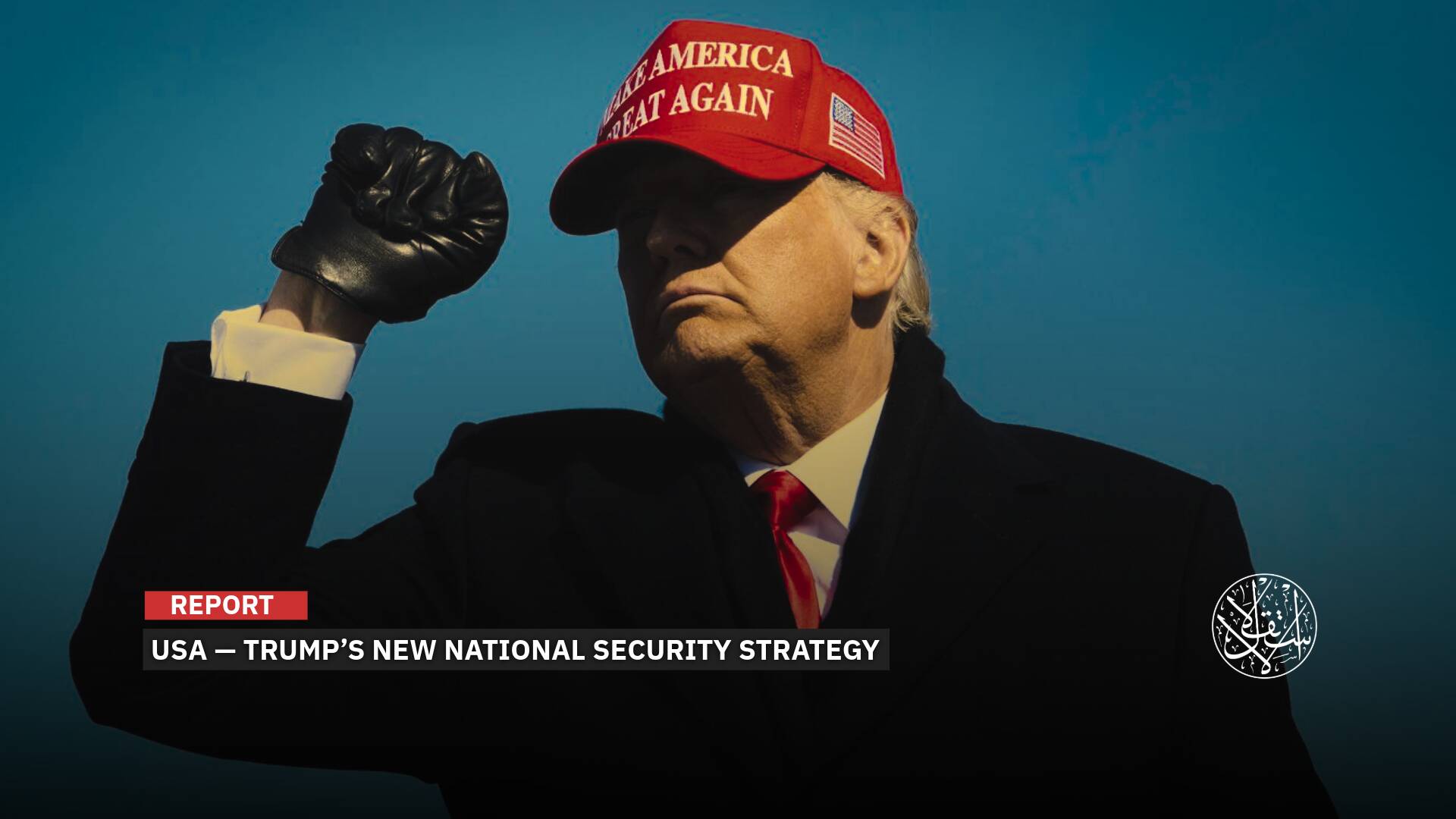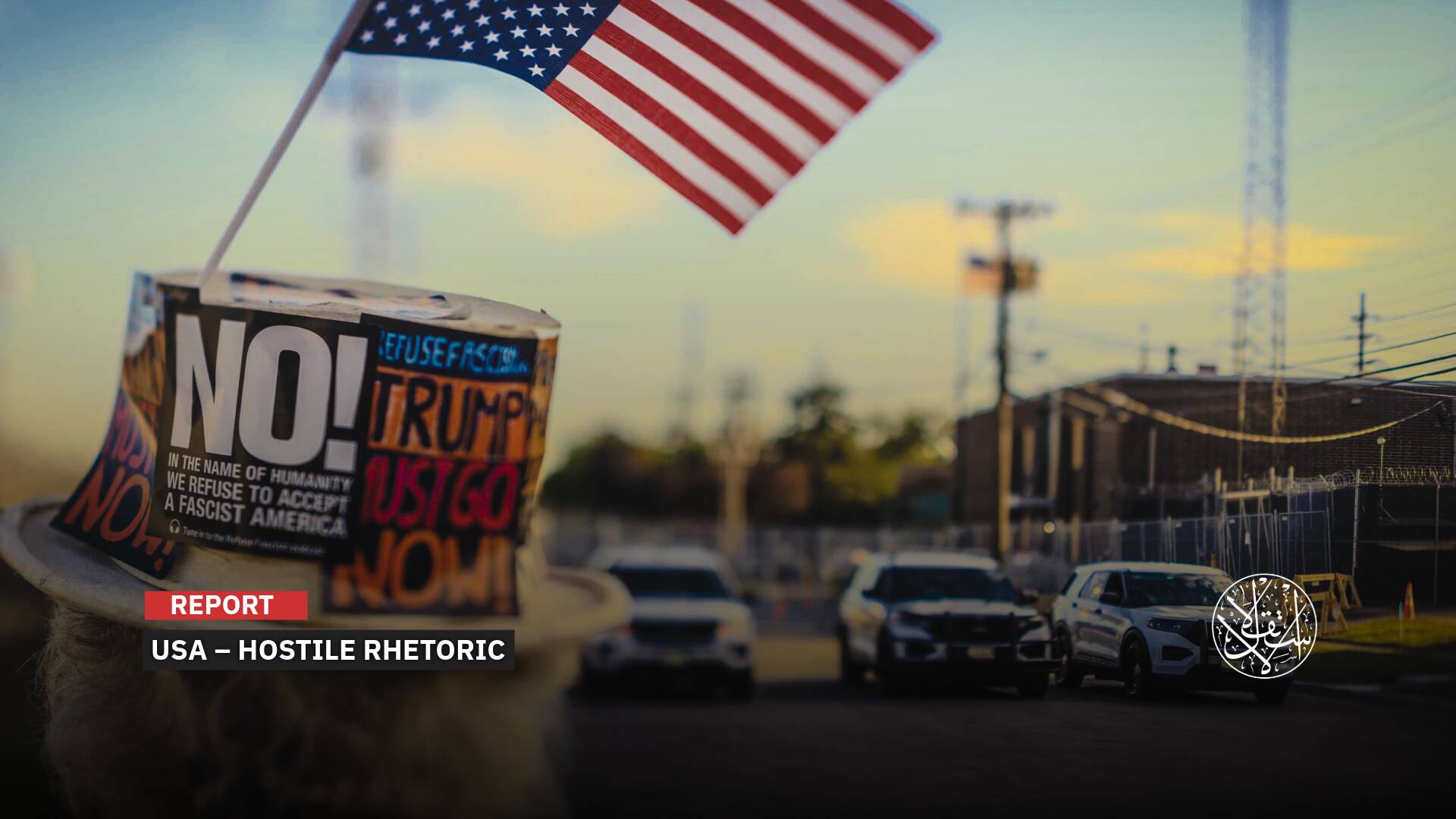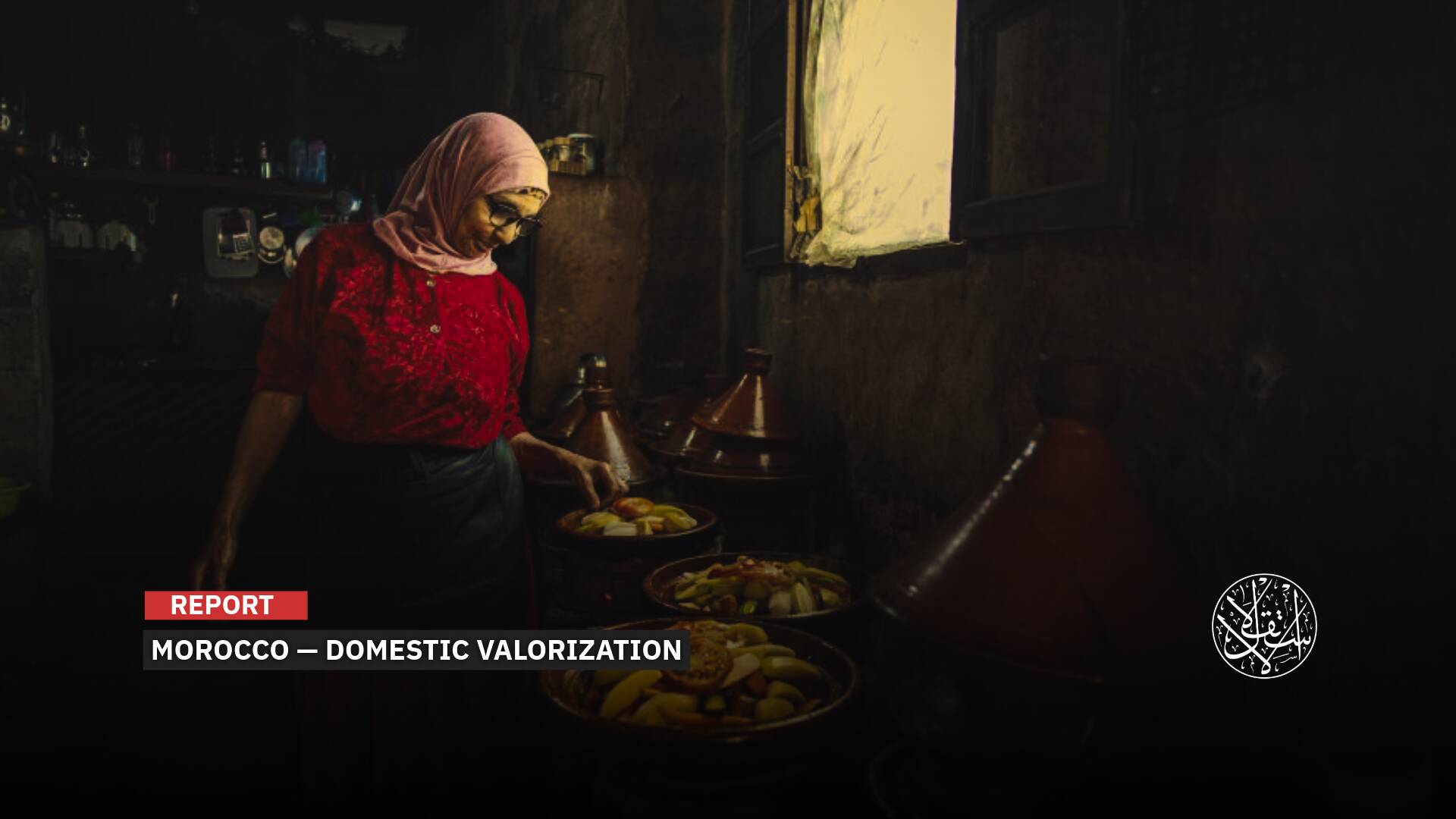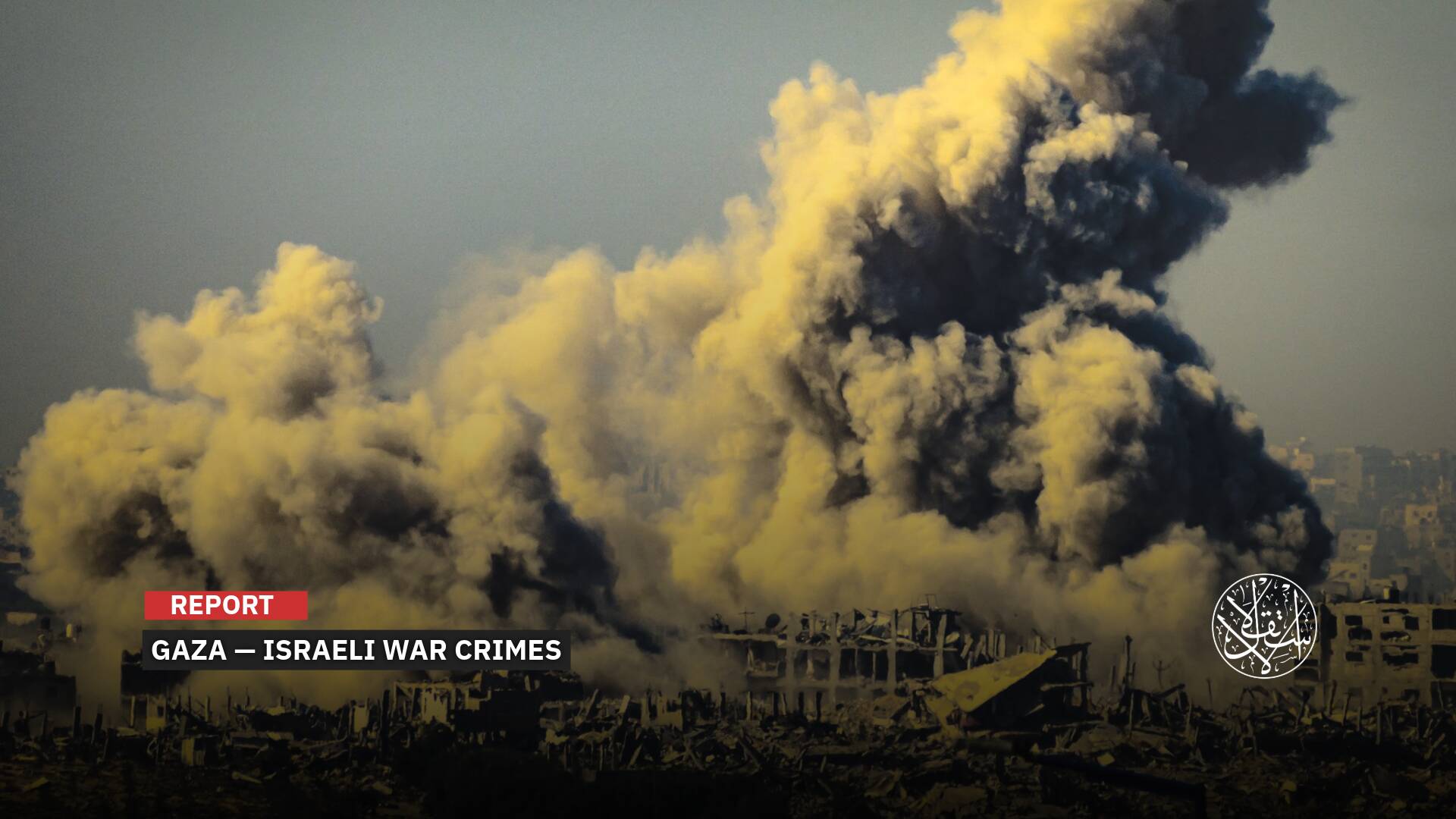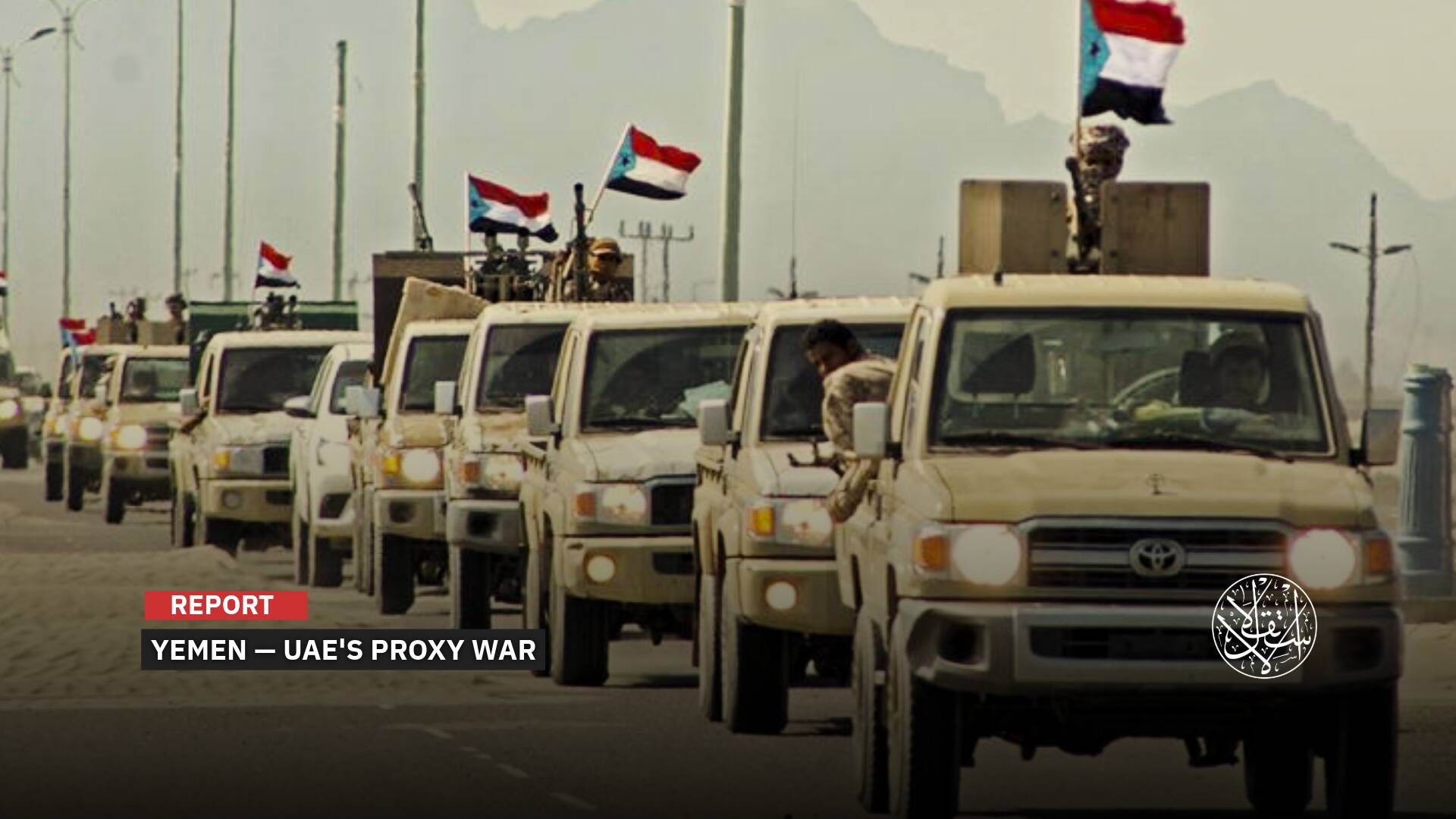'Israel,' the U.S. and China: Where Do They Stand on the India-Pakistan War?

Neither Washington, Beijing, nor Moscow wants a full-scale war between two nuclear-armed nations.
Cross-border shelling between Pakistan and India continues along much of the Line of Control in Kashmir after India launched a military operation on May 6, 2025, targeting sites in Pakistan and the self-governing region of Azad Kashmir under its control.
In response, Pakistan’s military claimed to have shot down five Indian fighter jets and vowed to retaliate, fueling regional and global concerns over the risk of nuclear confrontation.
Meanwhile, questions are being raised about whether regional or international actors may be stoking the conflict to serve their own interests.
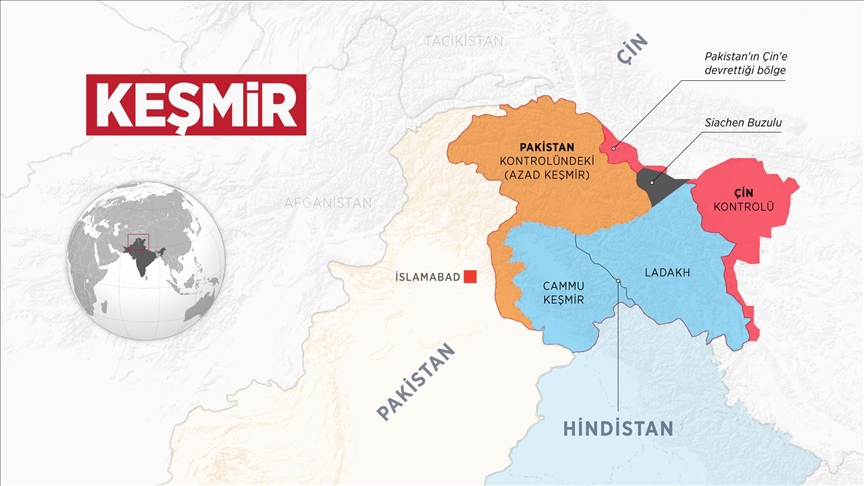
A Deep Dive into the Roots of the Crisis
The roots of the crisis between India and Pakistan date back to the history of Britain's withdrawal from the region in 1947. With the end of British colonial rule over the Indian subcontinent, two states were established: Pakistan, with a Muslim majority, and India, with a Hindu majority.
At the time, Kashmir was a princely state ruled by Maharaja Hari Singh, who initially chose to remain independent. However, after armed groups entered Kashmir from Pakistan, the Maharaja sought military assistance from India.
In exchange for that support, Kashmir was formally acceded to India, triggering the first India–Pakistan war in 1947–1948.
A UN-brokered ceasefire in 1949 ended the fighting but split Kashmir between the two countries, an arrangement that failed to produce lasting peace.
Since then, India and Pakistan have fought three more major wars over Kashmir: in 1965, 1971, and 1999.
The 1965 war began with border skirmishes in Kashmir and escalated into a full-scale conflict. In 1971, India intervened in Pakistan’s civil war in the east, leading to the creation of Bangladesh and enhancing India's military dominance.
The 1999 Kargil War erupted when Pakistani forces infiltrated Indian positions in Kashmir. Both countries were nuclear powers by then, raising global alarm. India eventually regained control of the territory after intense battles.
India controls the region known as Jammu and Kashmir, where resistance groups have fought what they consider Indian occupation since 1989. Pakistan controls the region it calls Azad Kashmir.
Tensions have surged in recent weeks following a string of deadly incidents. On April 22, 2025, an attack in the town of Pahalgam in Jammu and Kashmir killed 26 people and wounded 46.
The crisis escalated into open military confrontation on May 6, 2025, when India launched airstrikes on areas inside Azad Kashmir.
Global Powers Stance
The India–Pakistan confrontation is unfolding at a pivotal moment in world affairs, marked by Donald Trump’s ongoing trade war and a shift toward multipolarity in global power dynamics.
As tensions between the two nuclear-armed neighbors escalate, the United States, China, and Russia are watching closely, aware of the growing risks.
From the outset, these three major powers have called for restraint and emphasized diplomacy as the only way to resolve the crisis.
While Washington maintains ties with both New Delhi and Islamabad, India is seen as a more vital strategic partner, especially amid the U.S.–China trade conflict and broader competition for global influence.
China, for its part, enjoys strong economic relations with both countries, but its alliance with Pakistan has deepened through expanding military, trade, and intelligence cooperation.
Russia also maintains relations with both India and Pakistan, though it has kept a cautious distance, preoccupied with its own war in Ukraine.
Despite differing alliances and interests, none of the major powers—neither Washington, nor Beijing, nor Moscow—wants to see a full-scale war break out between two nuclear nations.
Such a war wouldn’t just engulf South Asia, but could have catastrophic consequences for global stability.

The positions of the United States, China, and Russia can be summarized as follows:
America:
China remains Washington’s primary rival in the renewed trade war sparked by Donald Trump’s return to the White House. As part of his strategy, Trump imposed varying tariffs on several countries—yet there are growing signs of optimism about potential breakthroughs in ongoing trade talks between the U.S. and its partners.
Facing tensions with both China and Japan in Asia, the United States has moved closer to India, a shift seen as strategically significant. U.S. Treasury Secretary Scott Bessent even hinted that one of the first new trade deals could be with India.
These moves reflect Washington’s effort to diversify its supply chains, with reports already indicating that American companies are relocating investments to India.
While the U.S. sees India as a possible alternative to China in global trade, experts caution that New Delhi cannot fully replace Beijing in the short term.
Trade corridors have become central to this global competition. In response to China’s Belt and Road Initiative, Washington is backing the India–Middle East–Europe Economic Corridor (IMEC).
The U.S. also sided with India during the 2020 border standoff between Indian and Chinese forces in eastern Ladakh.
So, although the U.S. publicly calls for dialogue and diplomacy in the India–Pakistan crisis, it views India as a critical ally in its broader strategic rivalry with China.
China:
China is increasingly uneasy about India’s growing clout in trade and technology, especially as New Delhi deepens its ties with Washington and aligns with the U.S. on key regional crises. In Beijing, this shift is seen as a direct threat to China’s strategic interests and regional influence.
When BRICS was first established, its formation, co-led by China and India, was seen as a move to counterbalance the Western bloc. India's presence was initially interpreted as a sign of alignment against the United States.
But over time, BRICS has evolved into a looser coalition rather than an anti-Western alliance, especially after expanding in early 2024 to include countries like Egypt, Ethiopia, Iran, the UAE, and later Saudi Arabia. This expansion underscored BRICS’s shift away from ideological confrontation with the West.
As a result, China’s shared membership with India in BRICS is no longer enough to prompt Beijing to support New Delhi in its standoff with Pakistan.
By contrast, Pakistan remains a key partner in China’s Belt and Road Initiative—a multi-billion dollar project in which Beijing has made heavy investments. This strategic bond positions Pakistan as a vital ally in China's regional plans.
Reflecting this dynamic, China has voiced strong support for Islamabad during the latest India–Pakistan escalation.
Russia:
Russia’s relationship with Pakistan has long been shaped by Cold War dynamics. During the Soviet invasion of Afghanistan, Pakistan aligned firmly against Moscow, arming the very groups that fought Soviet forces on Afghan soil. However, following the Soviet withdrawal, ties between the two countries gradually improved, culminating in a 2007 Russian pledge to support Pakistan against the Taliban.
Today, Russia and China are strategic allies, frequently coordinating in response to U.S. foreign policy. Still, their historical rivalry in Asia, dating back to the Soviet era, remains a factor beneath the surface. Their current alignment appears more a product of shared opposition to Washington than a genuine convergence of long-term regional interests.
This divergence is evident in the context of the Ukraine war. Despite being a strategic partner, China has refrained from offering Russia the kind of military or diplomatic support that could tip the balance decisively in Moscow’s favor.
Given this reality, it would be misleading to assume Russia would automatically back Pakistan in its standoff with India simply because of its close ties with China.
Reflecting this strategic caution, Russian Foreign Minister Sergey Lavrov has steered clear of taking sides in the India–Pakistan crisis. Instead, he has proposed a mediating role for Moscow, signaling Russia’s preference for stability over alignment.
Israeli Occupation’s Role
India’s deepening ties with the Israeli Occupation have become increasingly evident in recent years. During the ongoing Israeli Occupation war on Gaza, while India acknowledged the suffering of Palestinian civilians, it consistently emphasized “Israel’s right to defend itself.”
Indian Foreign Minister Subrahmanyam Jaishankar reflected this careful balancing act when he stated that he had no objections to “Israel’s military operations in Gaza,” urging only that “Israel act with caution to avoid civilian casualties.”
India’s diplomatic support has not gone unnoticed. In return, “Israel” has offered India full-throated backing during its escalation with Pakistan. Following India’s airstrike on Pakistani territory, Israeli Ambassador to India Reuven Azar, expressed unambiguous support.
“Israel supports India’s right for self-defense. Terrorists should know there is no place to hide from their heinous crimes against the innocent,” the ambassador said, underscoring the increasingly strategic bond between the two nations.
India and “Israel” share a relationship that runs deeper than diplomacy, one grounded in decades of ideological and strategic alignment. Historically, Israeli Occupation’s outreach to India was built not only through formal diplomatic channels but also through its early ties with Hindu nationalist groups.
While India officially recognized “Israel” in 1950, bilateral relations remained frosty for decades. It wasn’t until the mid-1960s that “Israel” began actively cultivating ties with Hindu nationalist parties in India, laying the groundwork for future collaboration.
A turning point came in 2014 with the election of Narendra Modi, a longtime member of the Rashtriya Swayamsevak Sangh (RSS)—a Hindu nationalist paramilitary organization—and leader of the ruling Bharatiya Janata Party (BJP). Under Modi, India-”Israel” relations rapidly deepened, culminating in a historic milestone in 2017 when he became the first Indian prime minister to make an official visit to “Israel.”
Modi’s visit symbolized a significant transformation in bilateral ties. The partnership expanded across multiple sectors, including robust arms deals, military and police training programs, counterterrorism cooperation, tourism, diplomacy, and a surge in trade. On the international stage, Modi has consistently voiced strong support for “Israel,” reinforcing the perception of a growing strategic alliance.
Despite the formal diplomatic thaw beginning only in the 1990s, Hindu nationalist groups and Israeli officials had been engaging with each other well before that. Modi’s involvement with “Israel” began during his earlier years as an activist within nationalist circles, initiating contacts that reflected a shared ideological outlook.
This convergence of nationalistic worldviews has not only shaped the trajectory of India-”Israel” relations but has also elevated the partnership to a new level of strategic significance.
Hindutva and Zionism
Within India’s nationalist landscape, two distinct visions have emerged. The first, shaped by figures like Mahatma Gandhi and Jawaharlal Nehru, espouses an inclusive, pluralistic nationalism rooted in anti-imperialism and often critical of Zionism. This vision emphasizes secularism, unity in diversity, and solidarity with global liberation movements.
In contrast, the second vision is embodied in Hindutva; a form of Hindu nationalism whose ideological foundations were laid by Vinayak Damodar Savarkar. In his influential 1923 work Essentials of Hindutva, Savarkar articulated a vision of India defined by a cultural and religious Hindu identity, prioritizing civilizational pride and a strong, centralized state.
The ideological kinship between Hindutva and Zionism lies in their emphasis on ethno-religious nationalism, territorial sovereignty, and a shared narrative of historical grievance and revival. This affinity has underpinned the growing closeness between India’s Hindu nationalist leadership and the Israeli Occupation in recent decades.
In his influential book, which greatly impacted Indian Prime Minister Narendra Modi, Vinayak Damodar Savarkar presents an ideological framework for Hindutva based on six core principles, two of the most significant being geographical and ethnic identity.
On the geographical identity, Savarkar argues that “Greater India” extends beyond the current borders of India, encompassing the southern Himalayas, Pakistan, Bangladesh, Sri Lanka, and Afghanistan.
In terms of ethnic identity, Savarkar contends that Hindutva is rooted in an ethnic consciousness grounded in blood ties. He asserts, “Only the Jews come close to understanding this concept.”
Throughout his life, Savarkar expressed admiration for Zionism, viewing it as a model to emulate. For example, while former Prime Minister Jawaharlal Nehru was reluctant to formally recognize Israel, Savarkar took a starkly different stance, saying, “If a war were to break out tomorrow between India and Pakistan, the majority of Muslims would side with Pakistan, while Israel would side with us. Therefore, India must recognize Israel immediately.”
At the conclusion of Essentials of Hindutva, Savarkar writes, “If the Zionists’ dreams are ever realized, we will rejoice as our Jewish friends do. Just as followers of Muhammad dominate their holy lands [Mecca and Medina], so too should the Jews regain control of their holy land. Diverse and incompatible elements pose a threat to India’s future and unity.”
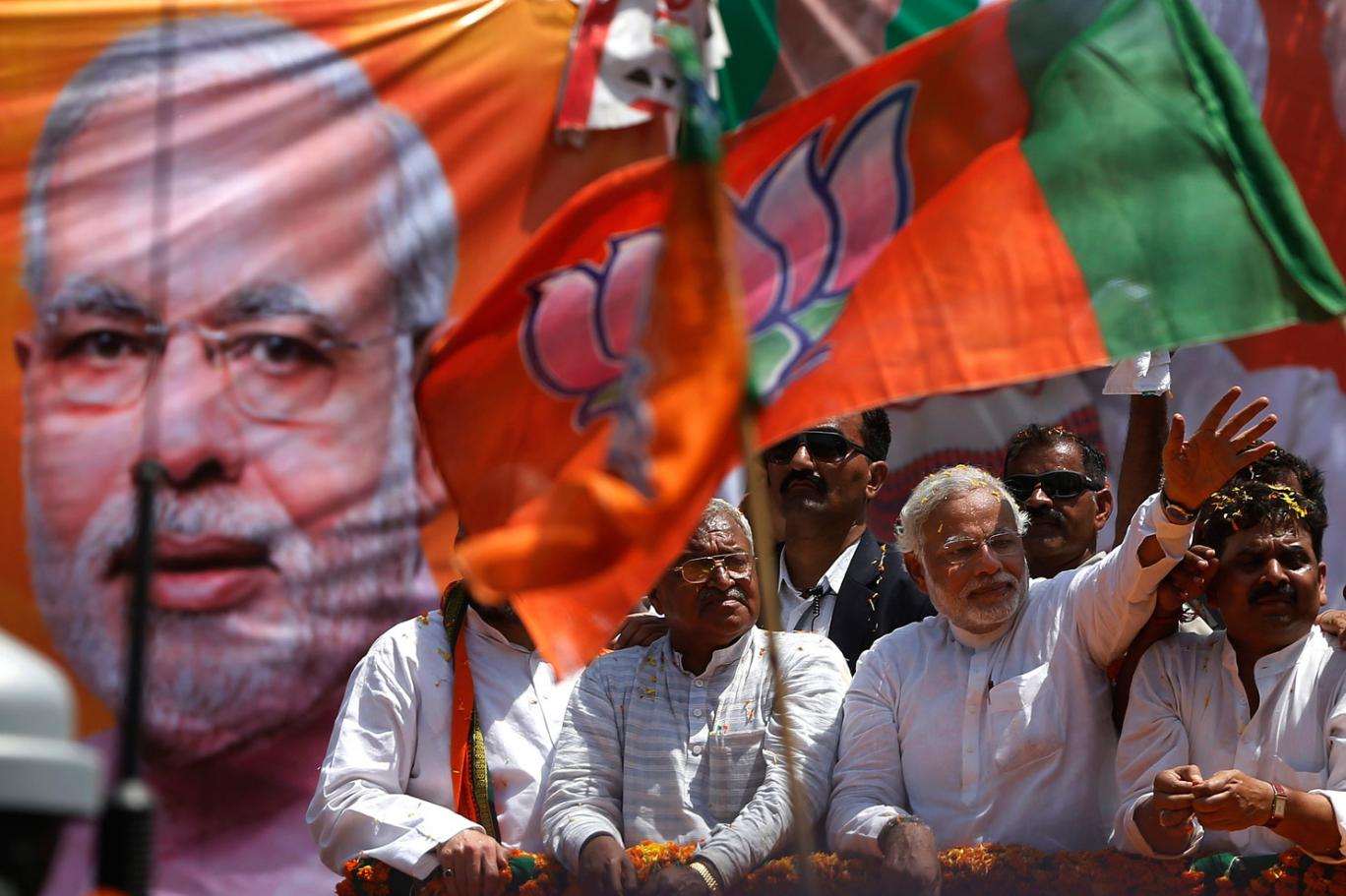
Based on this, the prevailing ideology in India today, Hindutva, draws inspiration from the Zionist idea of the “Promised Land,” sharing a similar belief that Pakistan, Sri Lanka, Bangladesh, and Afghanistan should be part of “Greater India.”
Thus, it can be argued that this doctrine forms the ideological foundation of the current conflicts and crises centered around India.
It’s also clear that the current strong ties between India and “Israel” are fundamentally rooted in the influence of Zionist thought on Hindutva ideology, which has grown over time and now holds power at the highest levels in India.


